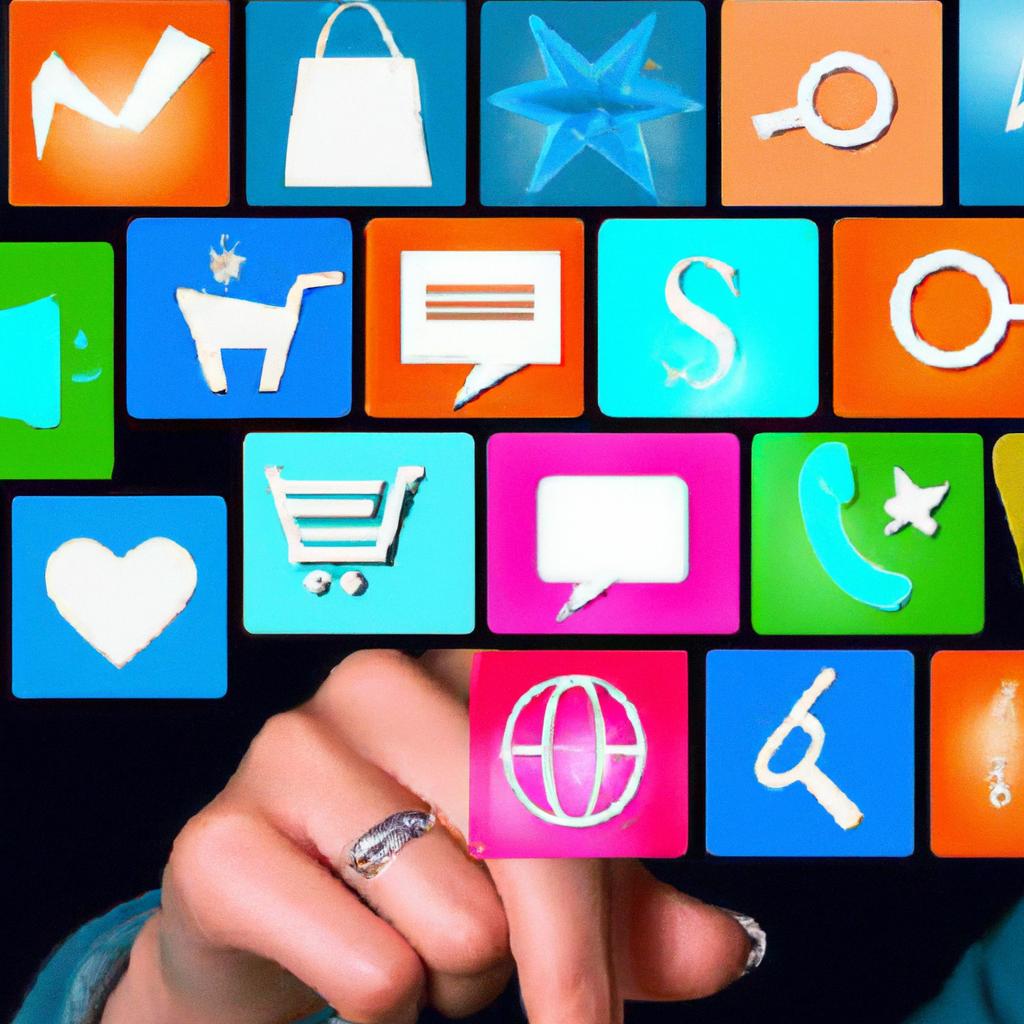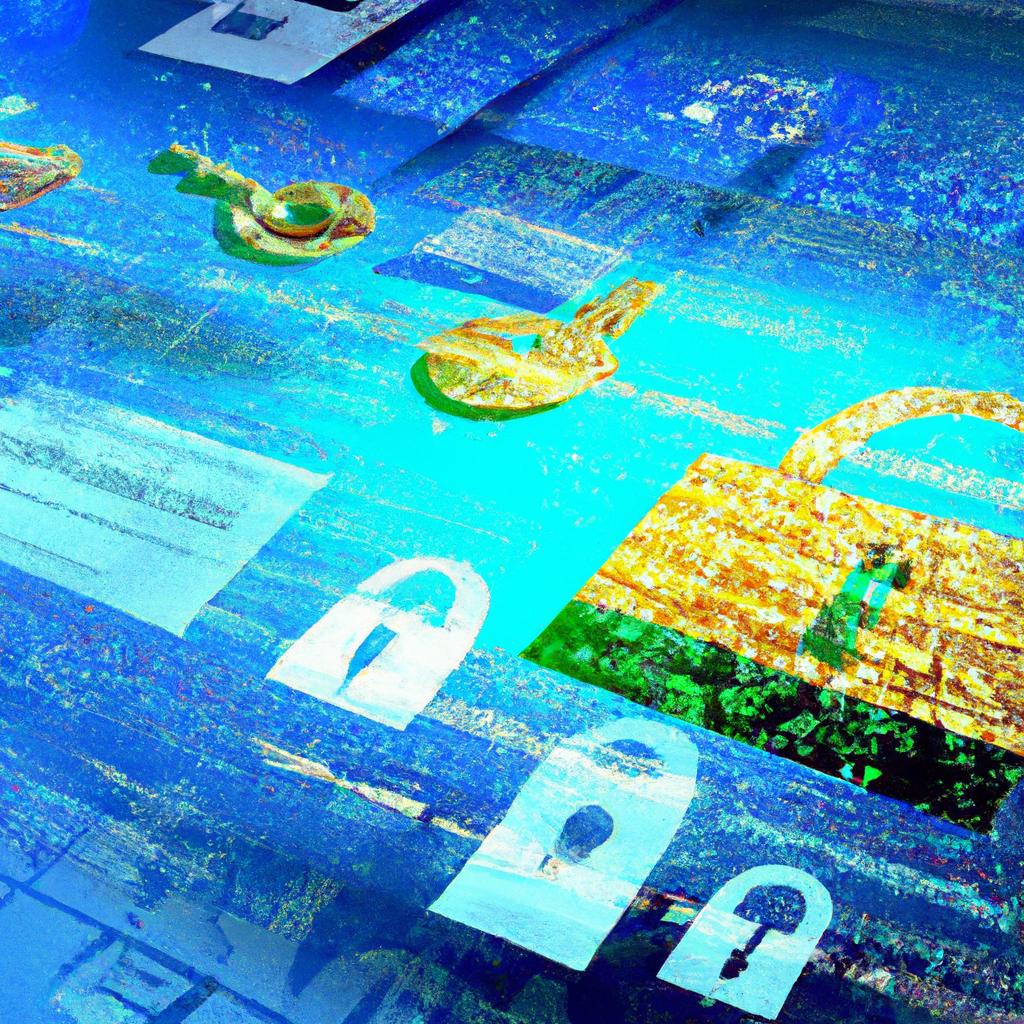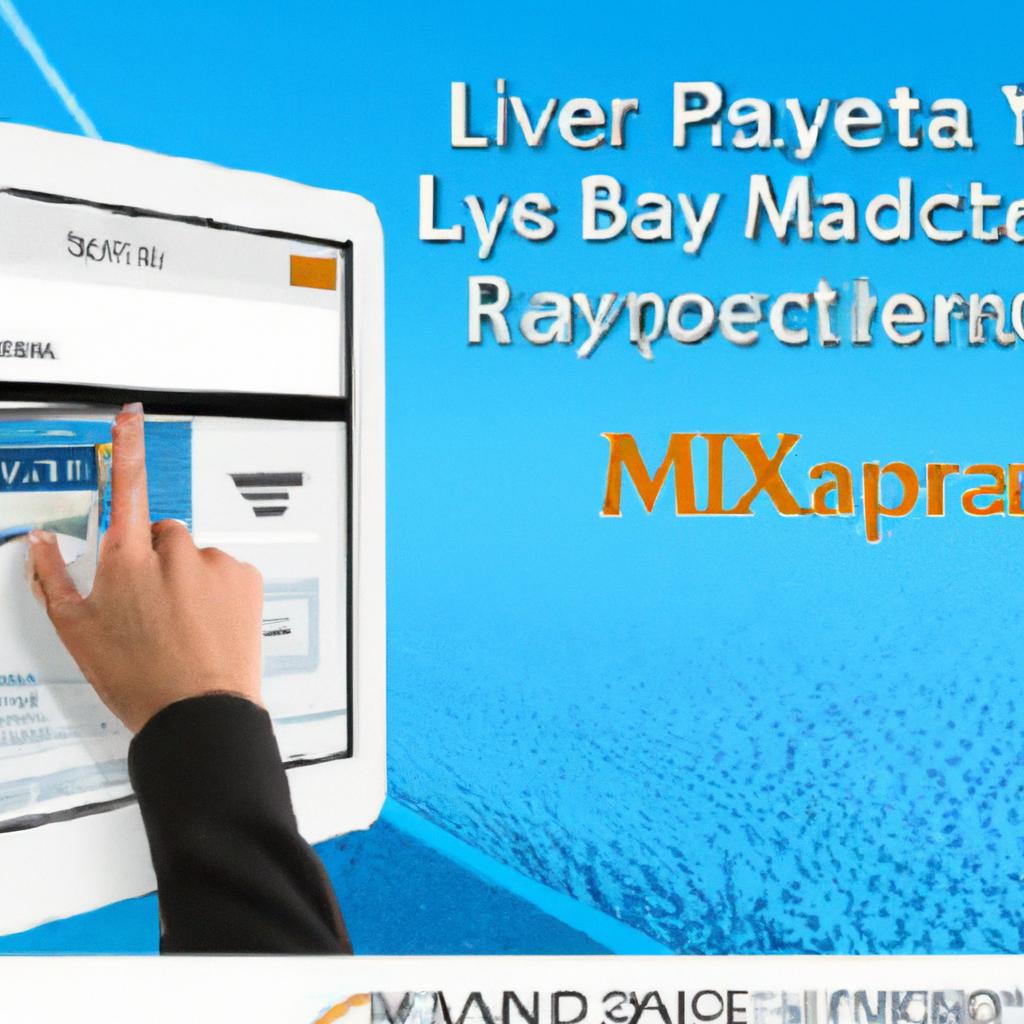Introduction: Navigating the Landscape of Payment Methods
In an increasingly digital world, the way we handle transactions has evolved remarkably. From the clattering coins of yesteryears to the touch of a smartphone or the scan of a QR code, payment methods have transformed into a complex landscape filled with options tailored to meet diverse needs. This article embarks on a journey through the various payment methods available today,
exploring their origins, functionalities, and the unique advantages they offer to consumers and businesses alike. Whether you are a tech-savvy millennial embracing cryptocurrency or a traditionalist who values the simplicity of cash, understanding these payment methods is essential in navigating the modern economy. Join us as we delve into the nuances of payment methods, uncovering their potential to shape our purchasing habits and redefine our financial interactions.
Table of Contents
- Exploring Diverse Payment Options for Modern Consumers
- Understanding the Security Features of Different Payment Methods
- Maximizing Convenience: Choosing the Right Payment Solution for Your Needs
- The Future of Payment Technologies and Their Implications for Users
- Q&A
- To Conclude

Exploring Diverse Payment Options for Modern Consumers
The landscape of payment methods has evolved significantly, driven by the needs and preferences of contemporary consumers. While traditional payment methods like cash and credit cards remain popular, there’s a growing interest in alternative options that offer enhanced convenience and flexibility. Mobile wallets and contactless payments are at the forefront, enabling users to complete transactions swiftly via smartphones or wearables, thereby minimizing wait times and facilitating smoother shopping experiences. Moreover, with the rise of peer-to-peer payment apps, sending and receiving money among friends and family has never been easier. Such innovations cater to a tech-savvy audience seeking speed and efficiency in their financial transactions.
As businesses adapt to these changes, incorporating a diverse range of payment options is crucial to meeting customer expectations. Options such as Buy Now, Pay Later (BNPL) services allow consumers to make purchases while deferring payment, thereby appealing to younger demographics who prioritize financial flexibility. Furthermore, cryptocurrencies are emerging as a novel alternative, with some businesses beginning to accept digital currencies for transactions. The table below highlights the various payment methods gaining traction:
| Payment Method | Key Features |
|---|---|
| Mobile Wallets | Fast and secure, often linked to loyalty rewards |
| Contactless Payments | Quick transactions using NFC technology |
| Peer-to-Peer Apps | Instant payments between users, often with low fees |
| Buy Now, Pay Later | Flexible payment options for consumers |
| Cryptocurrencies | Decentralized and secure digital transactions |
Ultimately, as the consumer landscape continues to change, businesses that embrace these varied payment methods will likely enhance customer satisfaction and foster loyalty. The shift toward versatile payment options not only reflects evolving consumer preferences but also sets the stage for a more inclusive and adaptable financial ecosystem.

Understanding the Security Features of Different Payment Methods
Moreover, it’s essential for consumers to understand the risks and benefits associated with each payment method. While credit cards offer consumer protections like chargebacks, digital wallets provide convenience and often include built-in security features that reduce the likelihood of fraud. Bank transfers, although secure, may lack some of the protections found in other methods and can take longer to process. To compare the security features effectively, consider the following table:
| Payment Method | Key Security Features |
|---|---|
| Credit Cards | Encryption, Fraud Detection |
| Digital Wallets | Multi-factor Authentication, Tokenization |
| Bank Transfers | Network Security Protocols |

Maximizing Convenience: Choosing the Right Payment Solution for Your Needs
When evaluating payment solutions, it’s essential to align them with your lifestyle and business demands. Various options like credit cards, digital wallets, and bank transfers each come with their unique advantages. For instance, credit cards are widely accepted and offer fraud protection, while digital wallets such as PayPal or Venmo provide speed and versatility for online transactions. Assessing factors like transaction fees, integration capabilities, and customer support can guide your choice towards a solution that boosts efficiency.
Additionally, consider the ease of use and security features offered by potential payment methods. A user-friendly interface not only enhances the customer experience but also reduces the likelihood of payment errors. Here’s a quick comparison table to illustrate some popular payment options:
| Payment Option | Integration Ease | Transaction Fees | Security Level |
|---|---|---|---|
| Credit/Debit Cards | Moderate | 1.5% - 3% | High |
| Digital Wallets | Easy | Varies | Very High |
| Bank Transfers | Low | Low | Moderate |
Understanding these details helps in selecting a payment method that not only meets current needs but also adapts to future requirements. For those looking to explore a wider range of reliable payment solutions, consider visiting BetReward, where you can discover options tailored to business or personal use with maximum convenience and security.

The Future of Payment Technologies and Their Implications for Users
As we look ahead, the evolution of payment technologies is poised to dramatically alter how users interact with financial systems. The advent of cryptocurrencies, digital wallets, and biometric payment methods introduces new layers of convenience and security. Users are now able to make transactions in real-time, from anywhere in the world, without the need for traditional banking infrastructure. This democratization of finance opens up a plethora of opportunities for both consumers and businesses, allowing for seamless cross-border transactions and increased access to financial services. However, users must remain vigilant about privacy and security, as these innovations can also expose them to new vulnerabilities.
Additionally, the implications of these changes extend beyond mere convenience. The integration of AI-driven fraud detection, blockchain technology, and instant transaction processing creates a ecosystem where the potential for misuse and fraud is significantly reduced. Users can benefit from enhanced transaction tracking and transparency, ensuring that they are better informed about their financial engagements. The emergence of contactless payment methods and smart contracts brings the prospect of smart money management straight to the user’s fingertips. To navigate this rapidly evolving landscape, it is essential for users to stay informed about the various technologies and their benefits, leveraging platforms like BetReward to explore options that align with their financial goals.
Q&A
Q&A: Understanding Payment Methods (“Ödeme Yöntemleri”)
Q1: What exactly are payment methods?
A1: Payment methods are the various ways in which financial transactions can be conducted to facilitate the exchange of goods and services. These methods can range from traditional cash transactions to modern digital approaches, reflecting the evolution of commerce and consumer preferences.
Q2: What are the most common types of payment methods available today?
A2: Today’s payment landscape is diverse, including but not limited to cash, credit and debit cards, electronic payment systems (like PayPal or Venmo), mobile wallets (such as Apple Pay or Google Pay), bank transfers, and cryptocurrencies. Each method offers unique benefits and caters to different consumer needs.
Q3: How have payment methods changed over the years?
A3: Payment methods have undergone significant transformation over the decades. From the dominance of cash in physical transactions to the rise of cards in the late 20th century, we now see a substantial shift toward contactless payments and digital currencies. This shift reflects a broader trend towards convenience and technological integration in everyday commerce.
Q4: What factors should consumers consider when choosing a payment method?
A4: Consumers should evaluate several factors, including security, convenience, fees, acceptance, and their personal financial habits. For instance, while credit cards offer rewards and consumer protection, some may prefer cash for its simplicity and directness. Balance and suitability are key!
Q5: Are there payment methods that are considered more secure than others?
A5: Generally, electronic payment methods, especially those that employ encryption, tokenization, and two-factor authentication, are regarded as highly secure. That said, physical cash carries its own risks, such as loss or theft, making the choice of payment method dependent on personal risk tolerance and context.
Q6: How do payment methods impact businesses?
A6: For businesses, offering diverse payment methods can enhance customer satisfaction and boost sales by catering to different preferences. Additionally, efficient payment processes can reduce transaction times and operational difficulties, further influencing customer experience and loyalty.
Q7: What role is technology playing in the future of payment methods?
A7: Technology is at the forefront of payment method innovation. Advancements like blockchain, biometric authentication, and artificial intelligence are reshaping how transactions are processed and secured. The future of payments is likely to be characterized by even greater integration of digital solutions and a seamless user experience.
Q8: How can consumers educate themselves about different payment methods?
A8: Consumers can empower themselves by researching various payment options, reading reviews, comparing fees, and understanding the terms associated with different methods. Financial literacy resources, online forums, and consumer advocacy organizations are valuable tools for gaining insights into the ever-evolving payment landscape.
Q9: Will cash disappear entirely as a payment method?
A9: While cash usage is declining in many parts of the world, it is unlikely to disappear entirely in the near future. Certain demographics and situations still favor cash for its anonymity and tangibility. However, the trend leans toward a more cashless society with a myriad of payment alternatives available.
Q10: How can merchants keep up with changing payment method trends?
A10: Merchants can stay ahead of the curve by regularly assessing consumer preferences, investing in the latest payment technologies, and training staff on new systems. By maintaining flexibility and being open to adopting new payment methods, businesses can ensure they meet customer demands and remain competitive in the market.
To Conclude
In the ever-evolving landscape of commerce, understanding the myriad of payment methods available not only empowers consumers but also businesses striving for efficiency and adaptability. As we navigate through options ranging from traditional cash transactions to cutting-edge digital wallets, it becomes evident that each method carries its own set of advantages and considerations. Whether you prefer the familiarity of credit cards or the convenience of mobile payments, the choice ultimately reflects your lifestyle and priorities.
As we bid farewell to this exploration of payment methods, remember that the future of commerce is not just about the transactions we complete, but about the experiences we curate. Embracing new solutions can lead to more informed decisions, ensuring that each purchase is as smooth and secure as we expect. As technology continues to innovate, one thing is clear: the way we pay will keep evolving, and staying informed will always be your best strategy. Thank you for joining us on this journey through the world of payment methods; the possibilities ahead are vast and exciting.